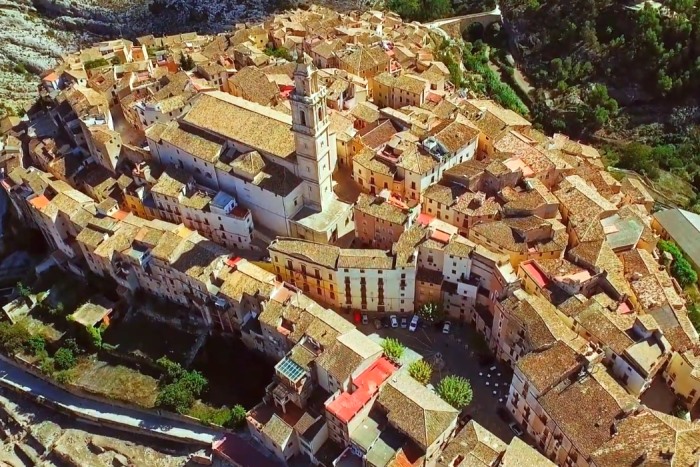
Bocairent
Bocairent’s medieval quarter is carved into the Serra de Mariola mountain, with a labyrinth of narrow Moorish alleys, arches, and steps. The most mysterious feature is the Covetes dels Moros, hundreds of small rock-cut chambers and caves believed to have been used by the Berber settlers. On the hilltop above, the old historic walls and steep cobbled lanes give hints about the town’s Islamic past. Nearby, you can explore the Serra de Mariola Natural Park for scenic hiking, and panoramic views. The Ermita del Santo Cristo and the gorge bridge make Bocairent one of Spain’s most picturesque medieval hill towns.
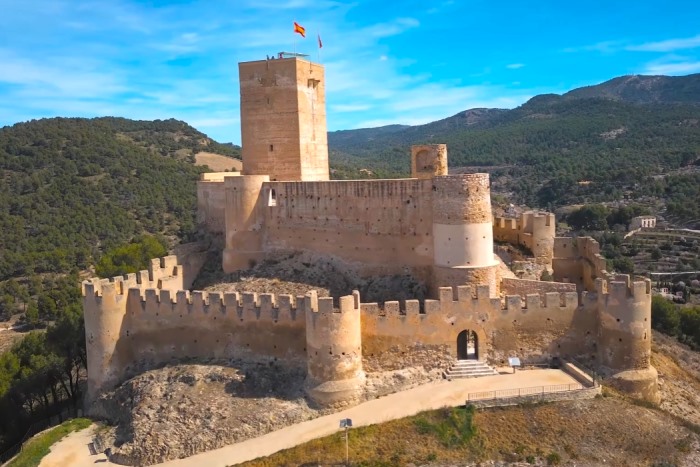
Biar
Biar flourished under Moorish rule before being conquered by King Jaime I in 1245, whose siege left lasting marks on its 12th-century castle. The fortress, with its cylindrical towers and Almohad walls, sits atop the town’s maze of whitewashed houses. Legends tell of hidden Moorish treasures still buried beneath the castle hill. Beyond the medieval core, Biar’s surroundings feature pine-covered hills and vineyards of the Alto Vinalopó valley – one of the most popular wines in the province. You can visit the 15th-century aqueduct and Gothic Church, then drive to the Font Roja Natural Park or Sierra de Mariola for a picnic or a tranquil walk among olive and almond groves.
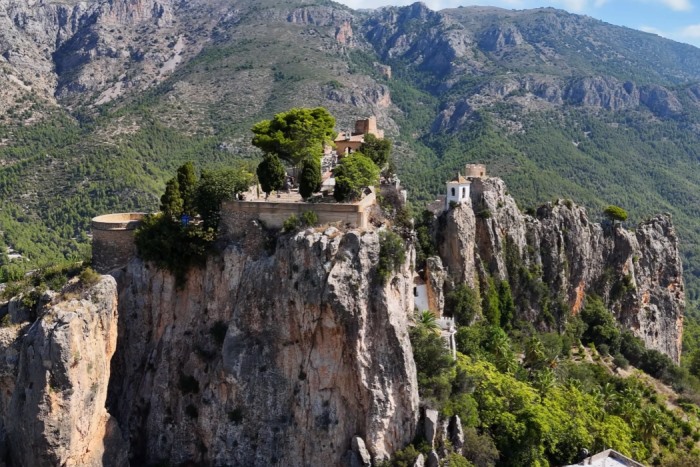
Guadalest
Guadalest’s medieval structures rise spectacularly from sheer rock cliffs, where the Castillo de San José guards the turquoise reservoir below. Founded by the Moors, it was nearly destroyed by earthquakes and wars. Legend says secret tunnels once linked the fortress to hidden escape routes through the rock. Today, Guadalest is among Spain’s most visited heritage villages. Surrounding attractions include the Guadalest Reservoir with kayaking and trails, the Ethnological Museum, and nearby natural wonders like the Fonts de l’Algar waterfalls and Sierra Aitana’s rugged mountain scenery.
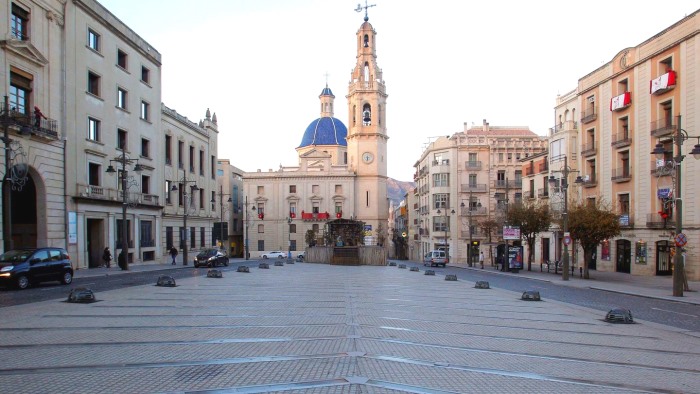
Alcoy
Alcoy’s medieval foundations lie between deep ravines, where fortified bridges and old city gates once defended it from invaders. Its story is tied to the Battle of Alcoy in 1276, when townspeople repelled Moorish forces led by Al-Azraq. The event is still commemorated in the yearly local Moros y Cristianos festival. Strolling the old quarter reveals remnants of medieval towers and arches hidden among modern façades. Nearby attractions include the Font Roja and Mariola natural parks, full of forest trails and viewpoints. Alcoy is also known for its Modernist architecture, local museums, bridges, and scenic drives through the stunning mountainous Comtat region.
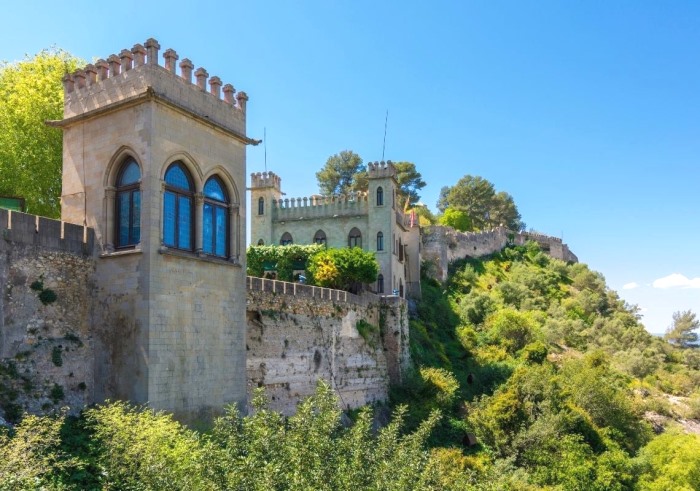
Xativa
Xàtiva’s twin castles dominate a ridge above the town. They are connected by medieval walls that have guarded the region since Iberian and Moorish times. It was a key stronghold of the Borgia family, whose influence shaped both papal and Spanish politics. The city’s burning by King Felipe’s Bourbon troops in 1707 remains a subject of contention. King Felipe V’s portrait still hangs upside down in protest. The old quarter is packed with Gothic churches, ancient fountains, narrow alleys, and quiet courtyards. Nearby, you can explore the Cova Negra archaeological site, lush Vernissa River valley, and scenic train routes linking Xàtiva to the Albufera wetlands and Valencia.
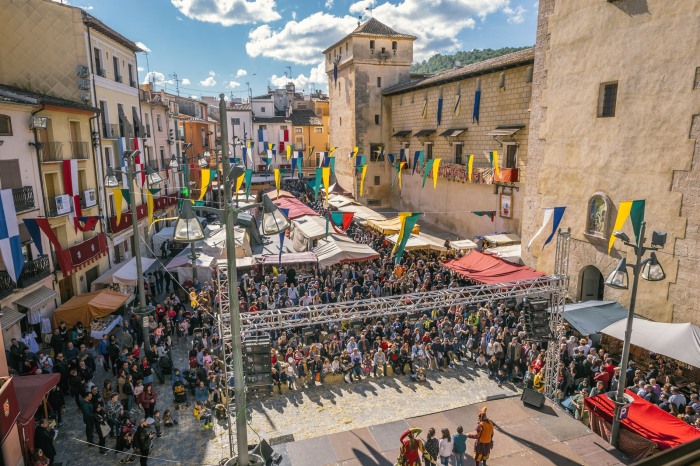
Cocentaina
Cocentaina’s medieval castle and 14th-century Palacio de los Condes tell stories of noble power and frontier struggles between Moors and Christians. The town’s walled quarter once hosted bustling markets under the watch of stone watchtowers. Local legend says secret passages connect the palace cellars to the hilltop fortress. Its Fira de Tots Sants (Market Fair of All Saints), first held in 1346, remains one of Spain’s oldest fairs. Beyond the medieval core, Cocentaina sits at the foot of the Serra de Mariola, and offers scenic trails and viewpoints with stunning panoramas. Don’t miss the Monastery of El Salvador and the charming old quarter’s traditional workshops.






















